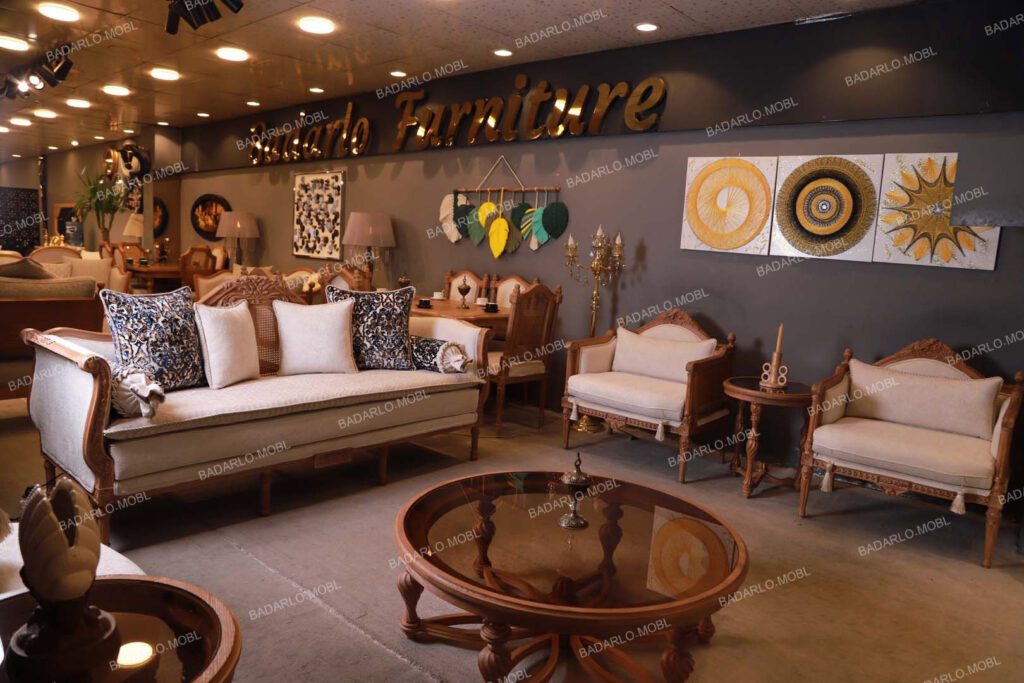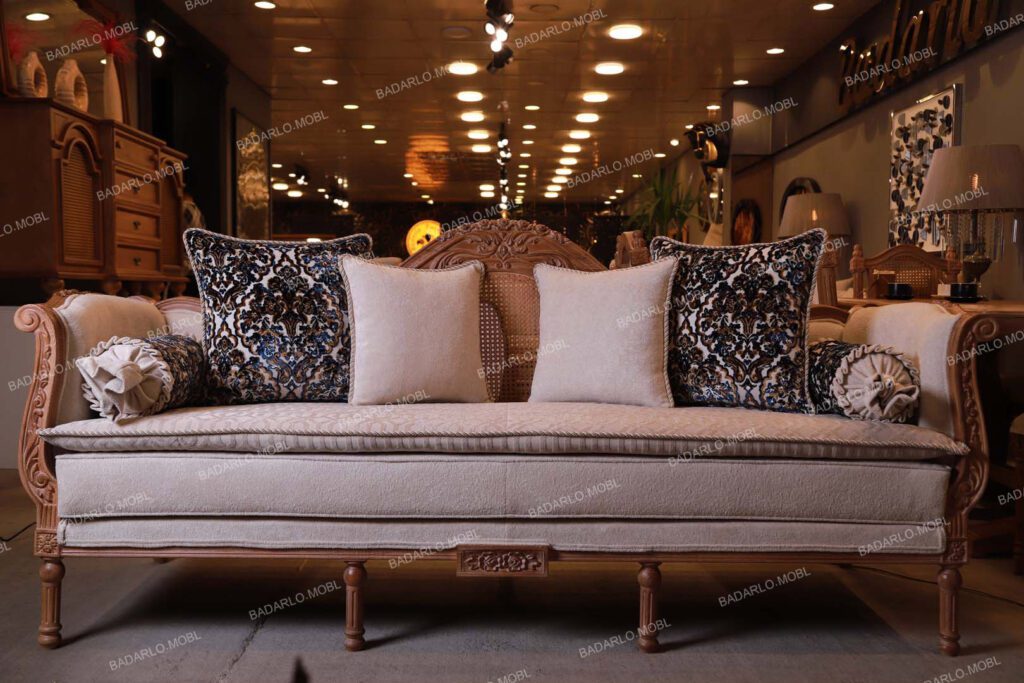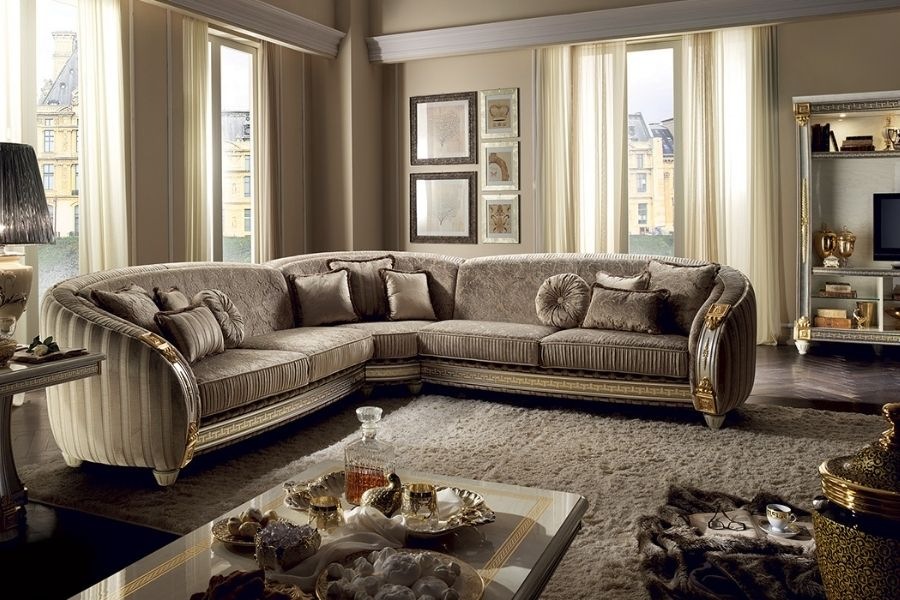
classic furniture vs. Neoclassical furniture: Which Furniture Style Suits You Best?
Table of Contents
When designing or redecorating a home, choosing the right furniture style is essential to setting the tone and atmosphere of your space. Two styles that have stood the test of time are classic and neoclassical furniture. While both offer elegance and sophistication, they have distinct characteristics that can influence the overall aesthetic of your interior design.
In this comprehensive guide, we will explore the differences between classic and neoclassical furniture, their historical backgrounds, key features, materials, color palettes, styling advice, and how to decide which one best suits your taste, home, and lifestyle.
What Is Classic Furniture?
Classic furniture refers to styles that emerged during the Renaissance and Baroque periods and are deeply rooted in European design traditions. It is known for its ornate details, rich wood materials, and grand, timeless elegance.
Key Characteristics of Classic Furniture:
- Ornate carvings: Intricate floral and scroll motifs.
- Curved lines: Soft, flowing curves on legs, arms, and backs.
- Rich woods: Commonly made from walnut, mahogany, and oak.
- Luxurious fabrics: Velvet, brocade, silk.
- Gold and bronze accents: Often used to emphasize detail.
Classic furniture is often associated with royalty, luxury, and old-world charm. It is ideal for people who love vintage aesthetics and timeless decor.
Origins of Classic Furniture
Classic furniture developed in Europe, particularly in France, England, and Italy. These pieces were originally made for aristocracy and reflect a high level of craftsmanship, often passed down from generation to generation..
Classic furniture is often associated with royalty, luxury, and old-world charm. It is ideal for people who love vintage aesthetics and timeless decor.
Historical Background:
Originating during the European Renaissance, classic furniture evolved through the Baroque and Rococo periods. It was heavily influenced by royal courts, particularly in France and Italy. Each piece was a work of art, often handmade by master craftsmen.
Iconic Classic Furniture Pieces:
- Chesterfield sofas with tufted leather and rolled arms
- Ornate canopy beds with heavy wood carvings
- Mahogany sideboards with brass inlays
- French provincial armoires
These pieces are not only functional but also add a regal atmosphere to any room.

What Is Neoclassical Furniture?
Neoclassical furniture emerged in the mid-18th century as a response to the excessive ornamentation of Baroque and Rococo styles. It draws inspiration from Greek and Roman anWhat Is Neoclassical Furniture?
Neoclassical furniture emerged in the mid-18th century as a response to the excessive ornamentation of Baroque and Rococo styles. It draws inspiration from Greek and Roman antiquity, emphasizing balance, symmetry, and restraint.
Key Characteristics of Neoclassical Furniture:
- Straight lines: Clean and linear, with minimal curves.
- Symmetrical shapes: Harmonious and balanced.
- Classical motifs: Laurel wreaths, columns, urns, and acanthus leaves.
- Light wood tones: Such as beech, maple, and painted finishes.
- Elegant simplicity: Refined and understated details.
Origins of Neoclassical Furniture
Neoclassicism was heavily influenced by the archaeological discoveries of ancient Rome and Greece. It represented a return to order and rationality, and quickly gained popularity among the European elite.tiquity, emphasizing balance, symmetry, and restraint.
Key Characteristics of Neoclassical Furniture:
- Straight lines: Clean and linear, with minimal curves.
- Symmetrical shapes: Harmonious and balanced.
- Classical motifs: Laurel wreaths, columns, urns, and acanthus leaves.
- Light wood tones: Such as beech, maple, and painted finishes.
- Elegant simplicity: Refined and understated details.
Neoclassical furniture is perfect for those who appreciate order, elegance, and historical sophistication without over-the-top embellishments.
Historical Background:
Neoclassicism became popular during the Enlightenment era. It marked a shift toward intellectual clarity, harmony, and rational design. Architects like Robert Adam and furniture makers such as Thomas Sheraton helped popularize the style across Europe and America.
Iconic Neoclassical Furniture Pieces:
- Shield-back chairs with tapered legs
- Console tables with marble tops
- Painted commodes with classical motifs
- Upholstered sofas with straight arms and geometric shapes
These pieces reflect a refined taste rooted in antiquity.

Comparison Table: Classic vs. Neoclassical Furniture
| Feature | Classic Furniture | Neoclassical Furniture |
|---|---|---|
| Origin Era | Renaissance / Baroque | Mid to Late 18th Century |
| Influence | Royal European Styles | Ancient Greece and Rome |
| Design Lines | Curved and ornate | Straight and symmetrical |
| Motifs | Floral, scrolls, cherubs | Laurel, columns, urns |
| Materials | Dark hardwoods, velvet | Lighter woods, cotton, linen |
| Color Palette | Deep reds, gold, forest green | White, beige, pastel blue, gray |
| Overall Feel | Luxurious, rich, vintage | Elegant, balanced, restrained |
Which Style Suits Your Home?
Choose Classic Furniture If:
- You have a large or formal space like a villa or traditional home.
- You love intricate details, antiques, and rich materials.
- You want to make a bold statement of elegance.
- Your decor includes heavy drapery, chandeliers, and warm tones.
Choose Neoclassical Furniture If:
- You prefer a cleaner, more symmetrical aesthetic.
- You live in a modern apartment or minimalist space.
- You appreciate history but want a refined and calm environment.
- Your decor leans toward light colors, symmetry, and subtle beauty.
Decorating Tips for Each Style
Styling with Classic Furniture:
- Use large area rugs with intricate patterns.
- Add vintage-style chandeliers and ornate lighting.
- Choose deep, saturated wall colors like burgundy, navy, or emerald.
- Accessorize with gold-framed mirrors, antique clocks, and oil paintings.
Styling with Neoclassical Furniture:
- Keep walls neutral or pastel (light gray, ivory, sky blue).
- Opt for light curtains and Roman shades.
- Include architectural moldings like crown trim or pilasters.
- Use glass and marble surfaces for a clean, classic look.

Mixing Classic and Neoclassical Styles
While both styles are distinct, they share a common foundation in European elegance. With careful planning, you can create a unique fusion:
- Use classic furniture as focal pieces and surround them with simpler neoclassical elements.
- Combine classic sofas with neoclassical side tables or accessories.
- Stick to a unified color palette to maintain harmony.
- Use architectural elements like columns and molding to blend styles.
Avoid clutter or mixing too many competing motifs. The goal is elegance with cohesion.
Caring for Classic and Neoclassical Furniture
Preserving the beauty of your furniture is essential for longevity.
Maintenance Tips:
- Dust regularly with a soft cloth.
- Avoid direct sunlight to prevent fading.
- Use furniture wax or polish suitable for wood type.
- For upholstered items, vacuum and spot-clean as needed.
- Rotate cushions and accessories to maintain balance and wear.
Common Mistakes to Avoid
- Overdecorating: Don’t overload your space with too many ornate items.
- Ignoring scale: Ensure furniture proportions match your room size.
- Mismatched colors: Keep a consistent palette to avoid a chaotic look.
- Inconsistent themes: Avoid blending furniture from unrelated styles.
Whether you choose classic or neoclassical furniture, staying consistent in your decor theme will result in a harmonious and aesthetically pleasing home.
Expert Tips from Interior Designers
“Classic furniture is about storytelling. Each piece should feel like it has a history,” says Sarah Louis, a London-based interior designer.
“Neoclassical design speaks to those who appreciate balance. It’s quiet luxury—elegant without being overwhelming,” adds Julian Alvarez, a heritage home specialist.
Interior designers suggest starting with one style as the base and introducing the other as complementary pieces. This strategy allows flexibility while maintaining visual consistency.
Why Choose Mobl Badrloo?
At moblbadrloo.ir, we specialize in providing exquisite classic and neoclassical furniture made with premium craftsmanship and attention to detail. Our pieces are designed to elevate your living spaces and reflect your personal taste.
What Sets Us Apart:
- Handcrafted artistry using the finest materials
- Custom-made pieces for unique interior needs
- A curated selection of timeless European styles
- Affordable luxury with local support in Iran
Visit our website today to browse our collection or get in touch with a consultant to find the perfect piece for your home.
